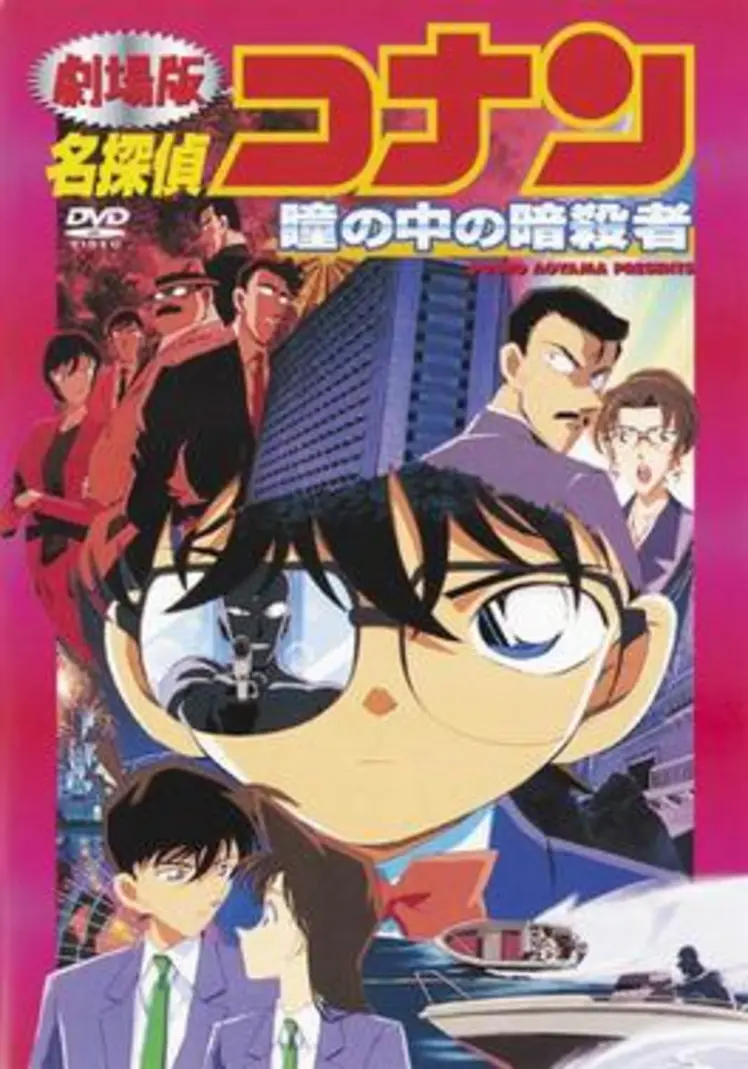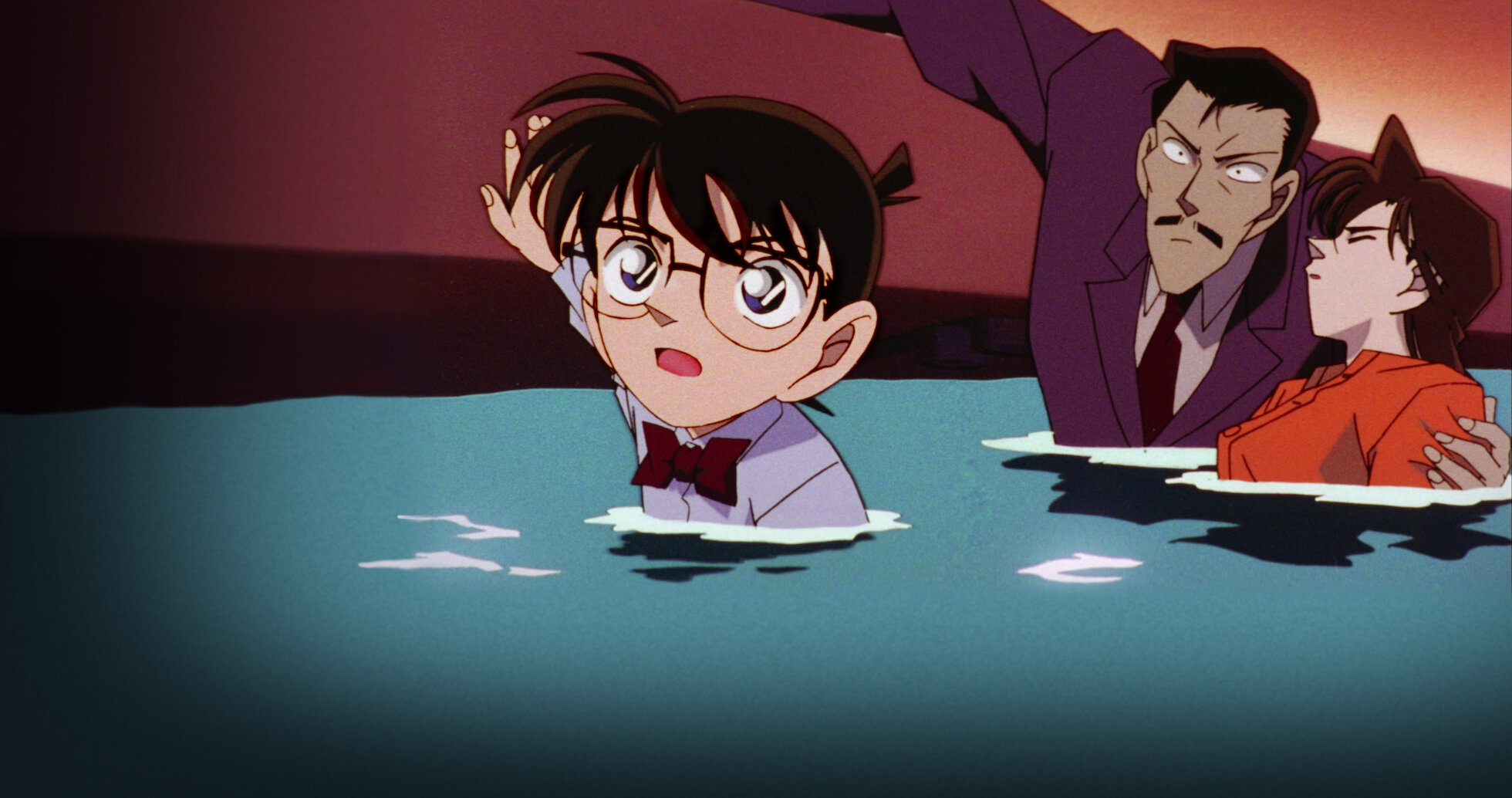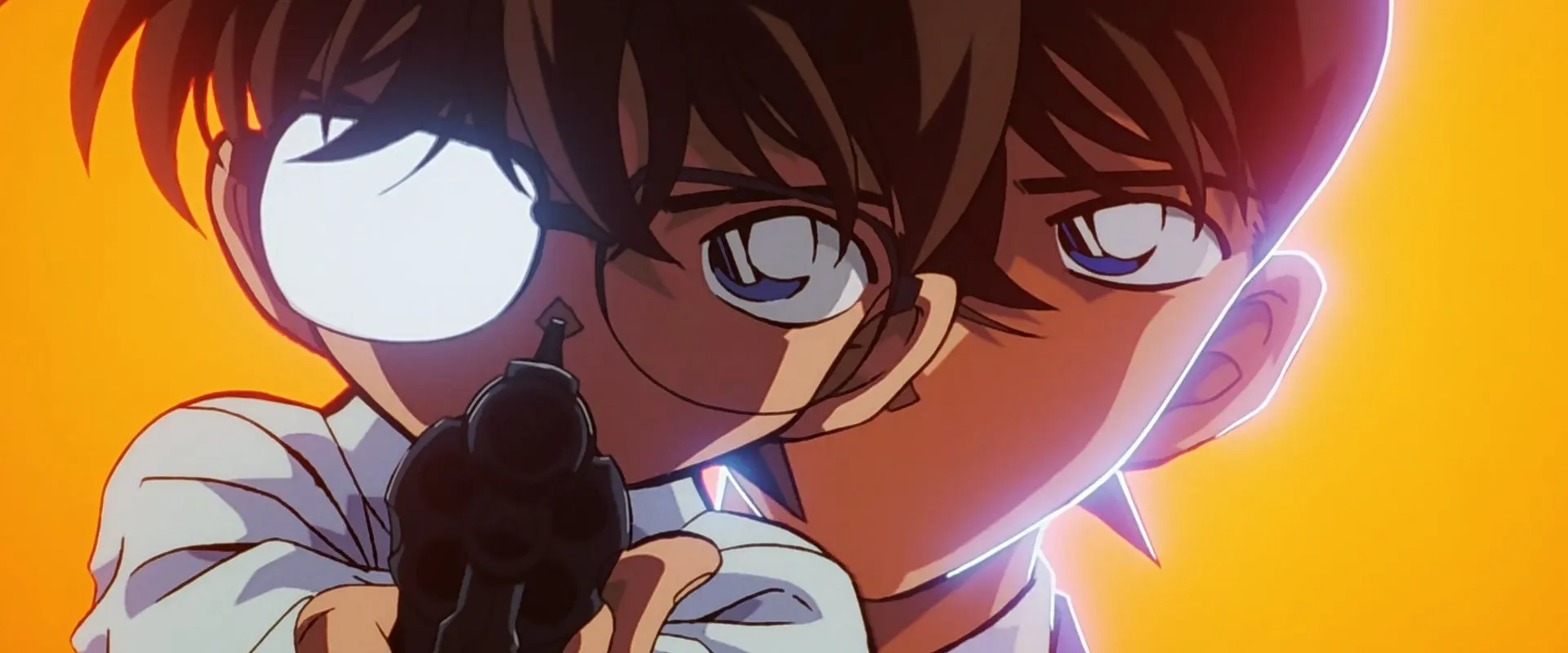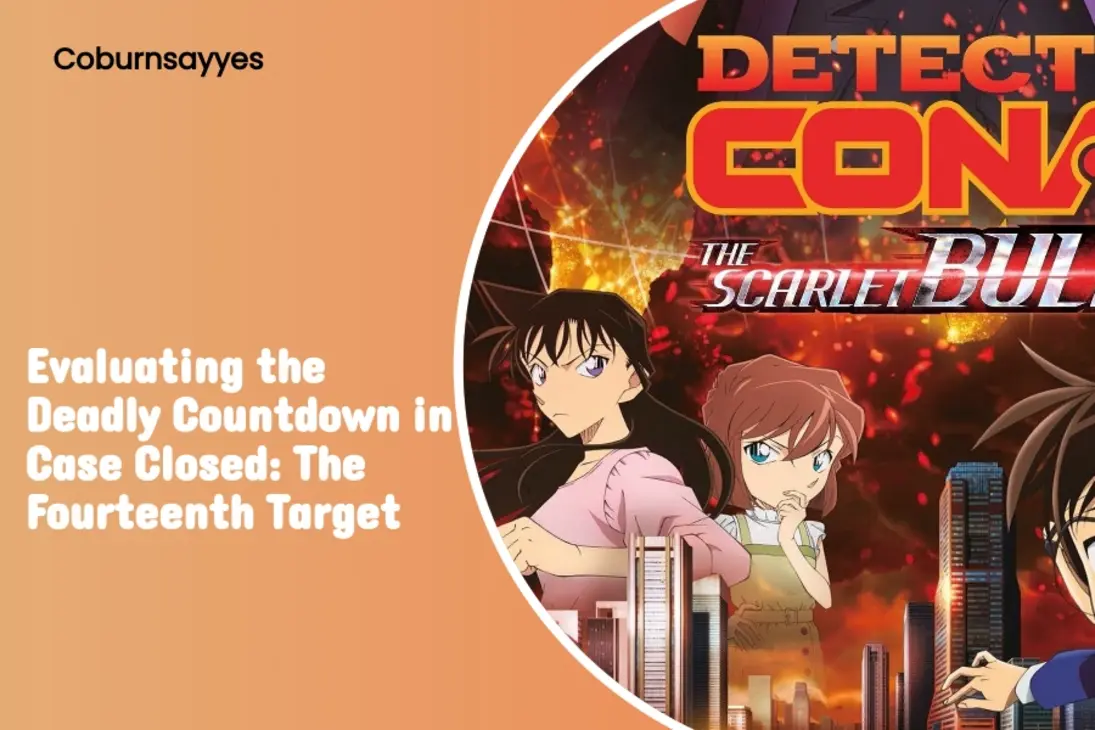Detective Conan: The Fourteenth Target captivates with its blend of mystery, emotion, and cultural symbolism, using playing cards to elevate its intricate narrative. At Coburnsayyes, we explore how themes of fate, justice, and retribution, alongside the enigmatic Kohei Sawaki, make this film a must-watch for fans and newcomers. The film’s clever storytelling weaves everyday elements into profound plot devices, keeping viewers on edge. Each clue unraveled deepens the suspense, showcasing the brilliance of the Detective Conan series. Join us to discover why this classic remains a standout in anime storytelling.
Symbolism and Storytelling in The Fourteenth Target
The beauty of Detective Conan: The Fourteenth Target lies in its masterful blend of timeless detective elements and cultural richness woven seamlessly throughout its narrative. While the film is steeped in suspense and intrigue typical of the detective genre, it further delves into deeper human emotions such as vengeance, regret, and the pursuit of justice. In many ways, the film goes beyond just telling a mystery. It invites viewers into a world where the past heavily influences present events, and the consequences of one’s actions are explored in meaningful ways.
The Role of Playing Cards in the Narrative
In this intriguing movie, playing cards are far from mere props; they serve as significant symbols that add layers to the storyline. These cards are used not only to heighten suspense but also to mirror life’s inherent randomness and the challenges that come with it. Just as one might draw a card from a shuffled deck, life’s outcomes are unpredictable and often surprising. Each card uncovered by Detective Conan is a step closer to unraveling the mystery, keeping audiences on edge as they follow the breadcrumb trail left by the antagonist.

The cultural depth of The Fourteenth Target is beautifully embodied in the symbolism of the playing cards. Drawing from both Japanese and Western traditions, these cards enrich the film by weaving a connection that transcends cultural boundaries, providing audiences with a multi-faceted appreciation of the narrative. The use of cards as a symbolic element not only augments the film’s cultural depth but also enhances its appeal to a diverse audience by embedding rich cultural narratives within the detective framework.
Conclusion: By intertwining themes of fate and retribution with the evocative symbolism of playing cards, the movie transforms from a simple mystery into a profound cultural tapestry, encouraging viewers to engage with both its emotional and intellectual layers.
Cultural Symbolism and Audience Resonance
Dive deep into the multifaceted character of Kohei Sawaki in this installment of Detective Conan. Sawaki’s personal vendetta and the complexities of his motivations add an intriguing dimension to the narrative, providing ample material for analysis and reflection.
Kohei Sawaki emerges as a significant antagonist, embodying one of the film’s most compelling elements. His character is not just your typical villain; instead, he is imbued with depth, offering insight into broader themes such as chance and justice that permeate the movie. The film thoughtfully delves into Sawaki’s personal journey, inviting audiences to explore his motivations beyond mere villainy.
Sawaki’s character transcends the standard villain trope, evolving into a richly nuanced individual driven by intricate motives. His struggle with ageusia—a poignant loss of taste—symbolically underscores his quest for revenge and adds an emotional layer to his character arc. Through Sawaki, the film deftly weaves a narrative that examines human fragility, as his calculated actions are intricately tied to his emotional turmoil.
Character-Driven Drama and Thematic Depth
While the narrative paints Sawaki in the colors of vengeance and justice, it also elevates the understanding of character dynamics beyond the simplistic good-versus-evil paradigm. This exploration of Sawaki’s character enriches the film’s storytelling, drawing viewers into a reflection on deeper cultural themes.
Kohei Sawaki – A Villain with Depth

Conclusion: Sawaki’s journey is an integral part of the film, inviting audiences to reflect on broader themes of justice and retribution. Through Sawaki, Detective Conan illustrates the complexity of human motivations, enhancing its reputation as a multifaceted detective drama.
As the story unfolds, the narrative takes off with chilling attacks targeted at characters closely linked to Kogoro Mouri. Each attack is marked by a playing card, symbolizing life’s unpredictability and highlighting the unintended consequences of personal choices. This motif fuels both suspense and the film’s narrative depth.
Detective Conan stands at the heart of the narrative, embodying the timeless allure of the detective genre. With his unparalleled analytical skills, Conan meticulously pieces together the mystery through sharp observations and incisive deductions, maintaining a compelling grip on the audience’s attention.

Like many real-life detective narratives, this film cleverly uses symbolic devices to enrich viewers’ experience. The continuity between its cultural references, the character’s emotional saga, and the drama of deduction is seamless and deeply engaging, transforming the movie into much more than a mere detective puzzle.
Conclusion: From Conan’s sharp investigative prowess to the cleverly plotted assaults, The Fourteenth Target provides a masterful detective drama that captivates and immerses its audience within its intricate labyrinth of suspense and storytelling.
Conan’s Intellect and the Power of Deduction
Detective Conan: The Fourteenth Target goes beyond providing entertainment; it offers a vibrant tapestry of cultural story-telling infused with emotional depth and narrative richness, enhancing its appeal.
The clever use of playing cards as symbols enriches the film with themes of fate and unpredictability. Each card drawn adds another layer to the unfolding story, enhancing the audience’s emotional experience and creating an engaging blend of suspense and narrative satisfaction.

Japanese culture places great emphasis on symbolism within storytelling, which is thoroughly celebrated in this film. By weaving these elements with in-depth character arcs and compelling narratives, The Fourteenth Target resonates across audiences globally, affirming detective dramas’ timeless appeal.
Conclusion: Through rich symbols and meaningful cultural layers, The Fourteenth Target stands out as a hallmark of detective storytelling and serves as a testament to Conan’s continued legacy in exploring the depths of human emotion and cultural resonance.
In conclusion, Detective Conan: The Fourteenth Target beautifully blends playing cards and complex narratives to deliver a story that resonates with life’s inherent unpredictability. Through the intricate plans of Kohei Sawaki and the intellectual pursuit of justice by Detective Conan, it offers viewers a compelling detective story rich in cultural detail and emotional depth. Whether you’re a seasoned fan or new to the series, this film is a compelling chapter in Conan’s illustrious journey. Enjoy this cinematic gem with insight and curiosity, knowing that every card drawn brings you closer to unraveling the mystery.


